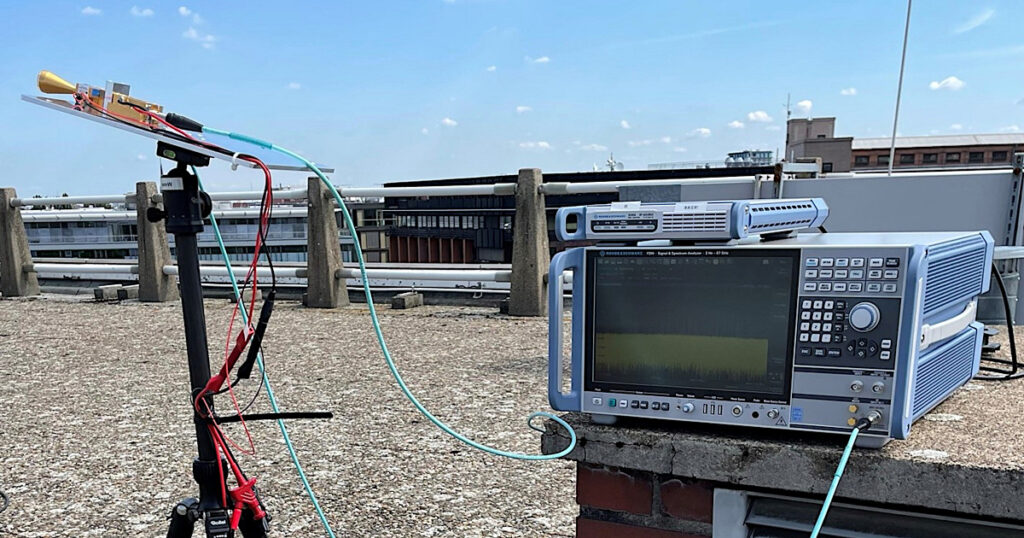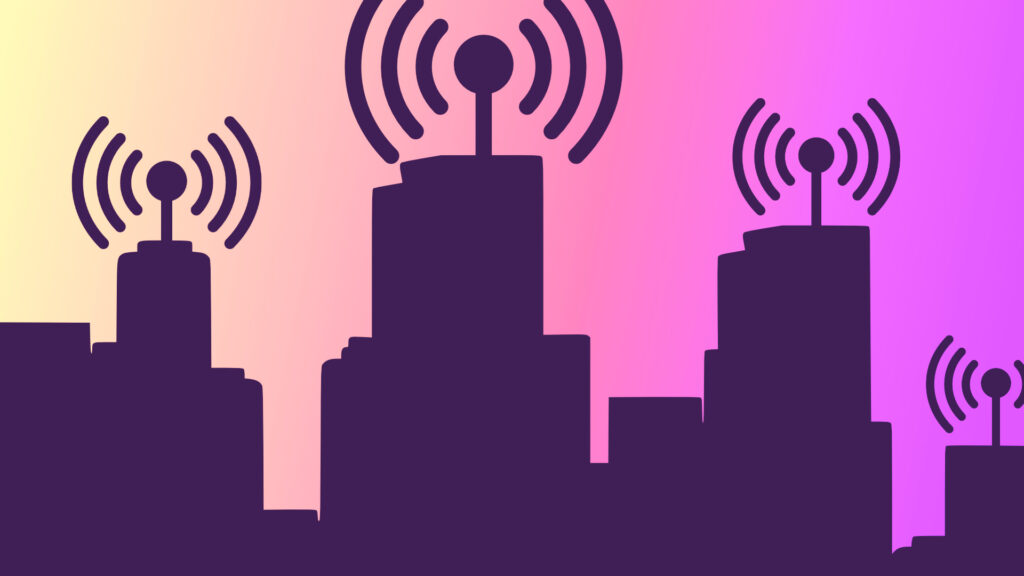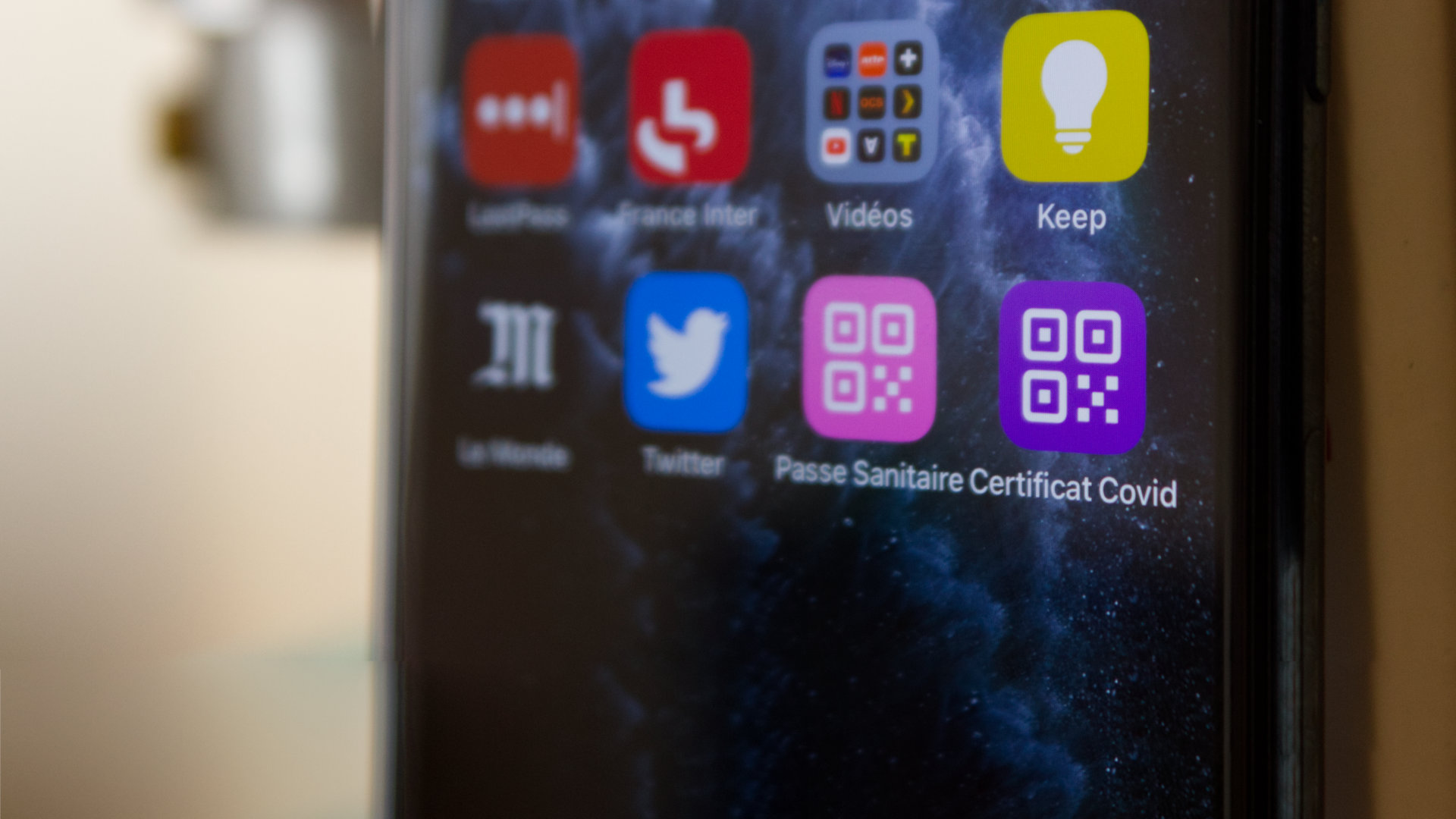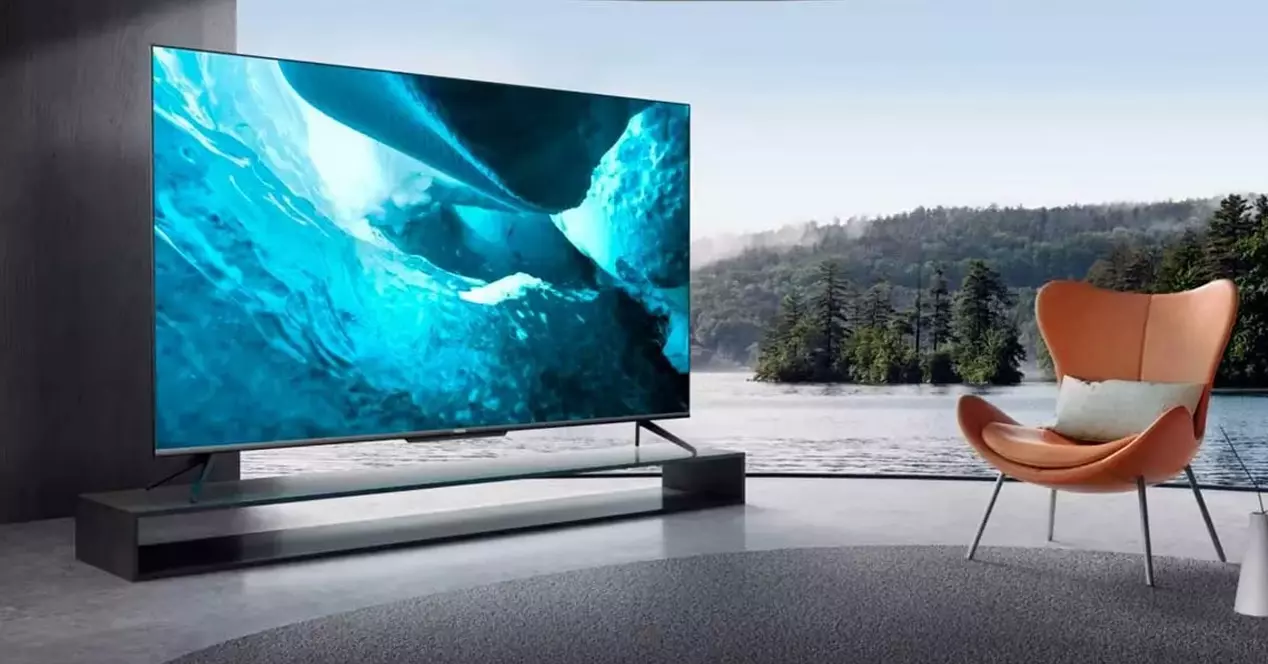
LG and the German Fraunhofer-Gesellschaft institute announced a success with a 6G test: they were able to circulate data over a significant distance, given the specific conditions of the experiment.
Will we be able to deploy a 6G network in the same way as previous generations of mobile telephony, taking into account the particular characteristics of the frequencies that will be used for post-5G? An experiment conducted by LG and the German research institute Fraunhofer-Gesellschaft, the results of which were shared this summer, gives the beginning of an answer to this question.
In a statement on August 19, the South Korean company praised the success of a test that involved transmitting data between a transmitter and a receiver over a relatively large distance, 100 meters, using frequencies in the band. known as “terahertz” (THz), that is to say those which are beyond 100 GHz, very far from the waves commonly used for mobile telephony.
A technical success for very high frequencies
Transferring data over 100 meters may seem anything but spectacular, for those who are not necessarily very familiar with the specificities of electromagnetic waves: indeed, current antennas are not already capable of carrying communications over a few kilometers? Therefore, why does LG not instead put forward a speed record, as Samsung did in June?
It turns out that the quality of the electromagnetic spectrum is to link the range of a signal to the frequency band used: the lower a frequency, the farther it carries, but the lower its throughput. Conversely, a high frequency covers less distance, but delivers a greater flow. The choice of frequencies for a particular generation of mobile telephony is therefore not trivial.

This can be seen, for example, in the deployment of 5G: this standard will eventually revolve around three bands: 700 MHz (the lowest), 3.5 GHz and 26 GHz (the highest) – others will be also used, or already are. However, the first has an average range of 2 km in the city and 8 km in the rural area, the second covers 400 m in the city and 1.2 km in the countryside, and the last does not go much further than 150 m.
In the case of the LG and Fraunhofer-Gesellschaft test, the test took place in another slice of the electromagnetic spectrum: between 155 and 175 GHz, i.e. at a much higher level than the band of 26 GHz, the range of which already tops out at around 150 m. So we can guess: the more the gigahertz accumulate, the more the range goes down. There was therefore a problem to be resolved.
The two partners have found a solution to this physical phenomenon to reach a station several tens of meters away. They thus took advantage of the so-called ” beamforming ”, Which consists of focusing the beam on a given area. This approach is not new: it is also used for 5G, which is being deployed around the world.
More specifically, LG explains that it used adaptive beamforming, “ which modifies the direction of the signal according to the changes of channel and the position of the receiver, as well as the switching of high gain antenna (its amplifying power, editor’s note), which combines the output signals of several amplifiers of power and transmits them to specific antennas. “
” As 6G in the terahertz slice has a short range and suffers power losses during transmission and reception between the antennas, one of the biggest challenges in the evolution of 6G has been the need for amplification. power to generate a stable signal on ultra-wideband frequencies », Adds the company. Its German partner was responsible for building this amplifier.
6G relay antennas spaced 100 m apart in the city?
LG does not specify, however, what flow rate was reached during this transfer over 100 meters. For comparison, Samsung boasted in June of a throughput of 775 MB per second (more or less the equivalent of a blank CD, to take a point of comparison that is eloquent, although now obsolete), through the 140 gigahertz (GHz) band. However, the distance between the two test devices was six times smaller. Only fifteen meters separated the transmitter from the receiver.

In its communication, LG preferred to emphasize distance rather than range – which might suggest that the speed obtained was not particularly significant or worthy of mention. However, this shows that it would be possible to cover an area with relay antennas spaced about 100 meters apart, which is plausible in the city – but much less in the middle of nature: the task appears in any case titanic, if such site was launched.
The fact is that the work on 6G, the realization of which for the user is not expected before fifteen years, is still at the trial stage. Expect all kinds of communication blows from operators and OEMs in the months and years to come. For LG, the standardization of technologies is expected around 2025. But everyone already has an interest in positioning themselves and promoting their solutions, in the hope that they will prevail.



